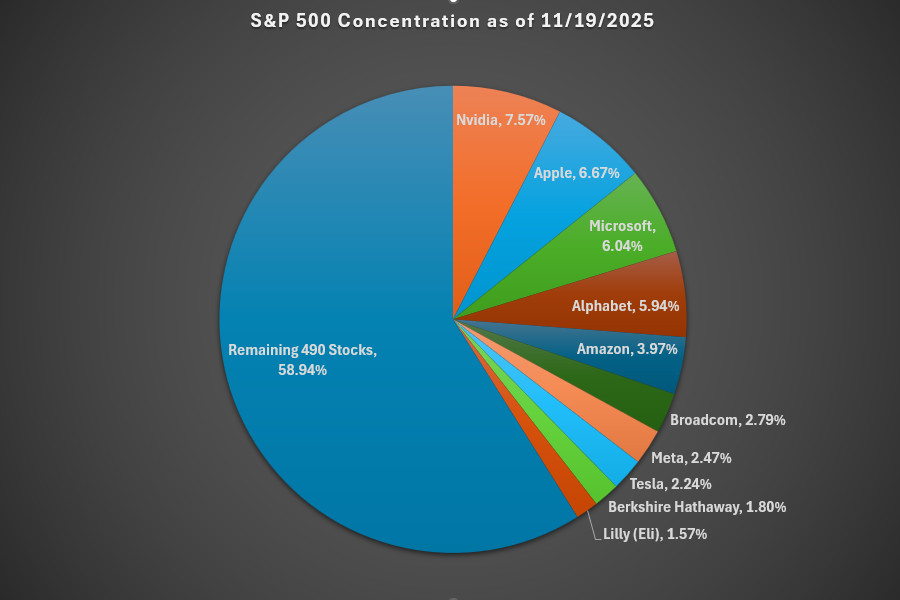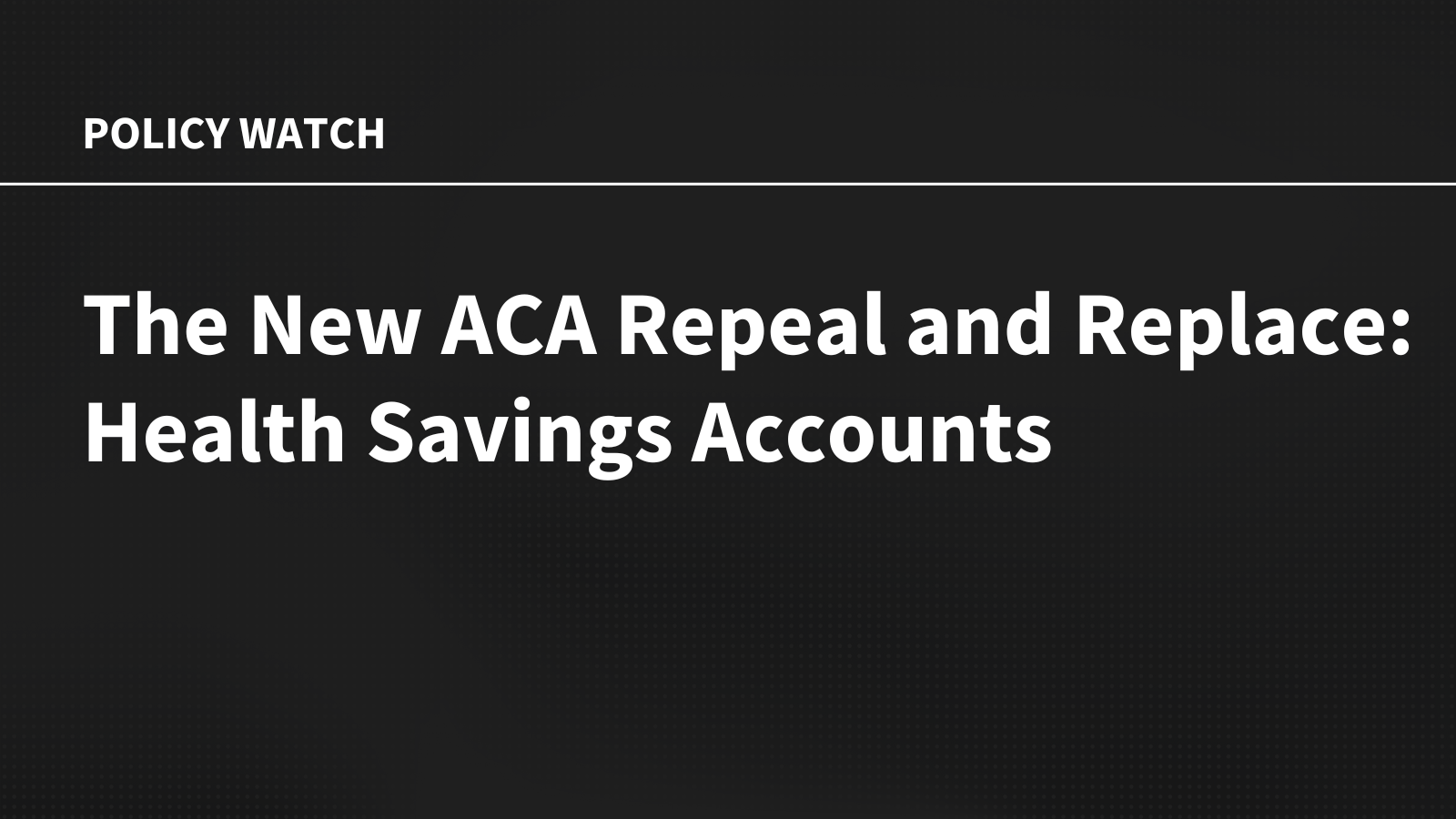At A Glance
Manual insurance eligibility checks are slow, error-prone and a leading cause of claim denials. Find out how automated insurance verification delivers real-time accuracy, fewer billing errors and faster reimbursements — helping providers protect revenue and improve patient care.
Key takeaways:
- Manual patient insurance eligibility checks often lead to billing errors, claims processing delays and denials.
- Automated insurance eligibility verification streamlines the process with real-time checks —ensuring patient insurance and billing information is always up-to-date.
- Accurate insurance information leads to cleaner claims submissions, reducing delays and denials while maximizing reimbursement rates and timelines.
Insurance eligibility verification is one of the most crucial stages in the healthcare revenue cycle. Ever-evolving payer rules, new regulatory requirements and increased patient financial responsibility put organizations at risk for non-reimbursement when mistakes are made with patient insurance information. To ensure that patient insurance information is up-to-date, providers must run insurance eligibility verification checks to confirm active coverage and verify details like deductibles, payable benefits and payer billing details.
To keep up with rising claim denials and patient volumes, organizations are shifting away from tedious, error-prone manual insurance verification processes. Instead, automated insurance eligibility verification tools offer providers access to faster, more accurate insurance verification checks — in real-time.
The result? Fewer billing errors, quicker claims processing, reduced denial rates and a stronger bottom line.
What is automated insurance eligibility verification?
Insurance eligibility checks confirm if a patient has active coverage and search for missing health insurance. Sometimes referred to as insurance verification, the process can be either manual or automated and typically occurs before a patient receives care.
During automated insurance eligibility verification, providers leverage technology to quickly and accurately confirm insurance coverage details. Instead of manually checking a patient’s insurance information, which may require logging into different platforms, making phone calls and other administrative tasks, tools like Experian Health’s Insurance Eligibility Verification automate the entire process.
Automated insurance verification enables eligibility checks to happen in real-time, accross every stage of the revenue cycle — from registration to billing. This allows providers to easily—and quickly—confirm insurance status, coverage details, medical service benefits, billing details and other key information needed for accurate claim submissions and billing.
Limitations of manual insurance eligibility verification
While manual insurance eligibility verification is still commonly used to confirm a patient’s insurance eligibility, running the verification process manually presents numerous challenges for healthcare providers.
It’s error prone.
Insurance verification typically relies on insurance collected during patient intake. But when registration relies on manual methods, mistakes are common. Patients or staff may enter details incorrectly on forms and billing systems. A patient can switch insurers or forget about a secondary insurance coverage they may have. Experian Health data shows that nearly half of healthcare providers (48%) report that information collected during registration or check-in is either somewhat or not accurate. Patients agree, with 20% saying mistakes are common when they register or check in for an appointment.
It’s inefficient.
Manual insurance eligibility checks take time. Staff can become bogged down by heavy administrative tasks that take time away from other priorities. Phoning patients to confirm insurance details, correcting billing errors and resubmitting claims all create extra work for busy front desk staff and billing teams. The process also disrupts patient care, with 22% of patients reporting delays in care due to insurance verification issues and one in five patients saying they’ve faced challenges due to information discrepancies before seeing their provider.
It increases denials.
In the 2025 State of Patient Access Survey, 56% of providers report that patient information errors are a leading cause of denied claims. Manual eligibility checks aren’t always a reliable way to ensure patient insurance information is accurate and up-to-date. When outdated or incorrect insurance information is included on a final claims submission, it can result in delayed claims and denials—adding even more workload for staff and frustration for patients.
4 benefits of automated eligibility verification for healthcare providers
Automated eligibility verification tools have numerous upsides for providers, including fewer medical billing errors, cleaner claims submissions and less administrative burden on staff. Here’s a closer look at some of the key benefits that can come with making the switch to an automated solution like Experian Health’s Insurance Eligibility Verification tool.
1. Creates efficiencies across the revenue cycle
Automating insurance eligibility verification workflows allows providers to automatically (and quickly) verify patient insurance details at all stages of the patient financial journey—with little to no staff intervention.
When coverage information is always up-to-date and accurate, staff spends less time clearing up information discrepancies, chasing down coverage and correctly billing errors or reworking claims. Tools like Experian’s Health’s Coverage Discovery help prevent even more bottlenecks — searching commercial and government payers to find previously unknown insurance coverage, identifying accounts as primary, secondary or tertiary coverage.
Streamlined insurance verification through automation ultimately leads to faster reimbursements and improved cash flow, especially for healthcare providers managing high patient volumes.
2. Provides coverage and benefits updates in real time
Having up-to-date patient insurance information at all stages of the revenue cycle is crucial for providers. When information is accurate, claims are cleaner, and reimbursement rates improve. However, verifying payer information and Medicare coverage is often a complicated and time-consuming process when handled manually.
Solutions that use automation, like Experian Health’sInsurance Eligibility Verificationtool, give providers access to real-time patient eligibility data by connecting with over 1,700 payers. Additionally, its optionalMedicare beneficiary identifier (MBI) lookup servicehas the ability to find and validate Medicare coverage — automatically.Patient Access Curatortakes this one step further by using artificial intelligence (AI) to verify and update patient records in real-time.
3. Offers seamless integration with other revenue cycle tools
Many providers already use technology-based solutions across the revenue cycle—like claims management tools and health record systems. Layering in an automated insurance eligibility verification tool further streamlines operational efficiencies—especially with a solution designed to seamlessly integrate with an organization’s existing systems and interfaces.
Experian Health’s Insurance Eligibility Verification solution “plugs in” to existing healthcare systems, automatically updating patient insurance information across the revenue cycle. Plus, organizations can leverage powerful data analytics to reduce even more potential bottlenecks. Experian Health clients also get access to insurance verification tools through eCare NEXT®, which offers a single interface for staff to manage several patient functions.
4. Reduces claim denials
Accurate data collection is one of the best ways to prevent denials. The 2025 State of Claims report reveals that the top reasons for claim denials are patient insurance information issues and other data discrepancies. Half of providers say “missing or inaccurate claim data is the top cause for denials, while 30% blame incomplete or inaccurate patient registration data. Automated insurance eligibility checks help providers ensure information is accurate and up-to-date and keep up any changes in real-time across the revenue cycle.
The future of automated insurance eligibility verification
Automated insurance eligibility verification is a game-changer for healthcare organizations. It provides faster and more accurate patient insurance information, which can be used across the entire revenue cycle to ensure cleaner claims and maximize reimbursements.
Solutions like Patient Access Curator utilize AI and machine learning to further refine data collection, eliminating the need for time-consuming and costly re-checks. Key patient information is consolidated across all patient access processes into one single workflow —including eligibility checks, coordinator of benefits, Medicare Beneficiary Identifier (MBI) verification, demographics, insurance coverage and financial status. Healthcare providers will need to start leveraging new technologies and move away from manual processes, or risk falling behind in the digital age.
Learn more about how Experian Health’s Insurance Eligibility Verification solution can help healthcare organizations reduce eligibility verification errors and accelerate reimbursements.
Publisher: Source link








